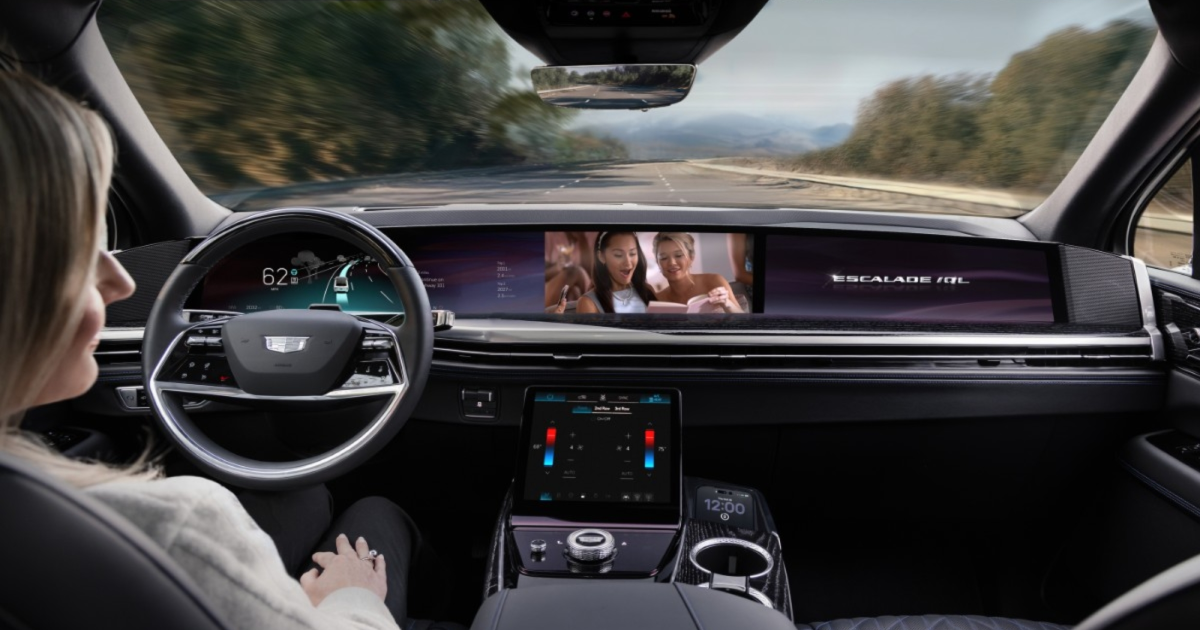Copyright Digital Trends

What’s happened? General Motors is shifting gears toward the future of driving with a wave of AI-powered innovations set to roll out over the next few years. Starting in 2026, GM will introduce a conversational AI assistant for its vehicles, powered by Google’s Gemini. The goal? To transform cars from simple modes of transport into proactive digital companions. Also in development is an advanced “eyes-off, hands-off” driving system, slated for release in 2028. This next-generation driver-assistance feature will utilize LiDAR, radar, and cameras to track the vehicle’s relative position, enabling drivers to take their eyes off the road and hands off the wheel under certain highway conditions. Why is this important? GM isn’t stopping with Gemini. It’s also building a centralized computing platform to eventually develop its own proprietary AI systems beyond Google’s technology. We’ve already seen Gemini’s capabilities in action on the Mercedes CLA, where it can handle natural conversations, follow-up questions, and requests, all without interacting with the infotainment screen. From navigating to an address to finding popular restaurants and even calling ahead to book a table, the assistant is designed to provide seamless support. The idea is to provide a unified Gemini experience across Android phones and the Android Auto car infotainment system. Why should I care? Meanwhile, the next-generation driver assistance system is set to debut on the 2028 Cadillac Escalade IQ electric SUV, a significant leap from GM’s existing Super Cruise hands-free system. For drivers and passengers, these innovations mean safer, more relaxed, and more informed driving experiences. Conversational AI will make interacting with the car as easy as talking to a passenger for managing navigation, media, communication, and vehicle controls. On the other hand, “eyes-off, hands-off” is a step toward Level 3 autonomous driving assistance features, allowing you to rest between busy sections on a highway.



